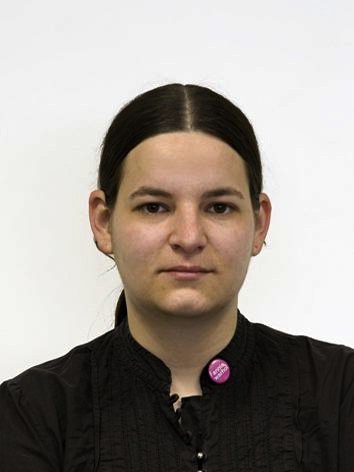Sandra Demetrescu

While having the opportunity of an increasingly growing scope, the museum of the 21st century also faces the challenge of maintaining the balance between its local responsibilities and the demand of addressing a much wider context. The first and third conference days as well as the workshops were enlightening from this perspective: attempts at institutional (re)positioning, questions related to museum strategies – and their transition – in (or in relation to) different cultural backgrounds, or the challenges museums are facing with respect to their integrity and ethical standards were addressed, all the while highlighting the importance of CIMAM's activities and mission for the professional community. It also became clear, during our exchanges, that the plurality of the concerns, desires and anxieties of museum institutions and art professionals worldwide pose a great challenge in “globally” addressing the questions at stake.
I had a particular interest in the themes discussed in the second day panel, The Future Intelligence of Museums, in the debate around the way technology, in its pervasiveness, is shaping the mechanisms of producing (and showcasing) art and its discourses. The keynote lectures as well as the presentations have given me a supplementary insight on some of the ways curators and institutions are approaching these subjects nowadays, as well as on how artists are embedding them in their practice and are proposing experimental work that strongly relies on technological tools (and more importantly also avoiding the methodological pitfall of reducing their undertakings to that alone). It was interesting to see the historical backdrop in Lars Bang Larsen's exhibition project research, as well as in Michelle Kuo's presentation; the common reference to the E.A.T. (Experiments in Art and Technology) collaborative project / LACMA's Art and Technology Program from the late '60s bear testimony to the fact that the general theme of art and technology represents a research field of major relevance in current art theory and exhibition making. The recurrent need of revisiting the founding moments of this specific paradigm in art production – although (inevitably) focused on the western context – might be also an indication of the incipient efforts to repositioning the discourse in a larger frame of cultural production. It is in this sense that Ho Tzu Nyen's talk came as a necessary addition to the program, by presenting a work that by way of its formal – “technical” – dimension can easily be inscribed in the succession of the artistic movements and concerns presented by the keynote speakers, yet at the same time relying, at its conceptual core, on a perspective that works with notions such as colonialism, Southeast-Asian identity, decolonizing strategies etc. Furthermore, the “atlas” format of Ho Tzu Nyen's project could be easily read in the lineage of Aby Warburg's Mnemosyne, as a (montage) tool for creating arches in time or over geographically / culturally distinct spaces, while also adding further subjects of inquiry such as authorship and collaborative practices in an Internet-based framework. At this point in the discussion, Yuk Hui has addressed one of the fundamental issues of this general topic, going back to the ontological turn in anthropology and, beyond that, by proposing the notion of “cosmotechnics”: how can we deal in today's global context of artistic production with the European legacy of thought (taking for instance the Greek technē as one of the reference points, or modern “technology”), while also looking for alternative, parallel ways – from within different cultural frameworks – of approaching non-western phenomena? This entire panel was for me a confirmation of the fact that fields such as museum and curatorial studies can benefit to a great extent from such debates, ultimately generating possible new approaches in curatorial practice, or the constant re-envisioning of the museum's mission as a place of knowledge production.
I would like to express my gratitude to the Getty Foundation and to CIMAM for giving me the opportunity of participating in this conference.